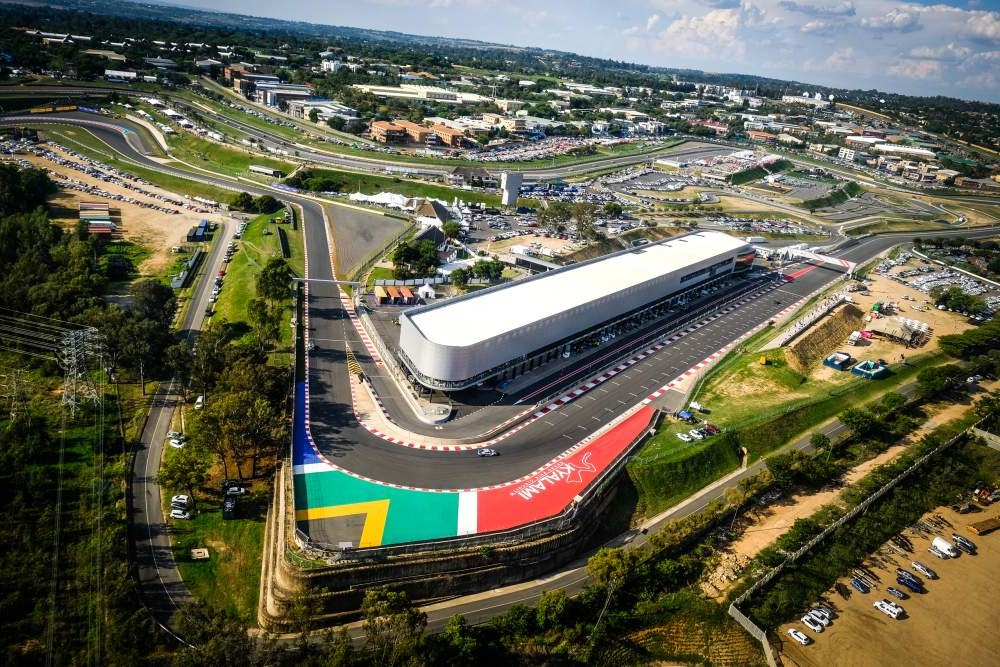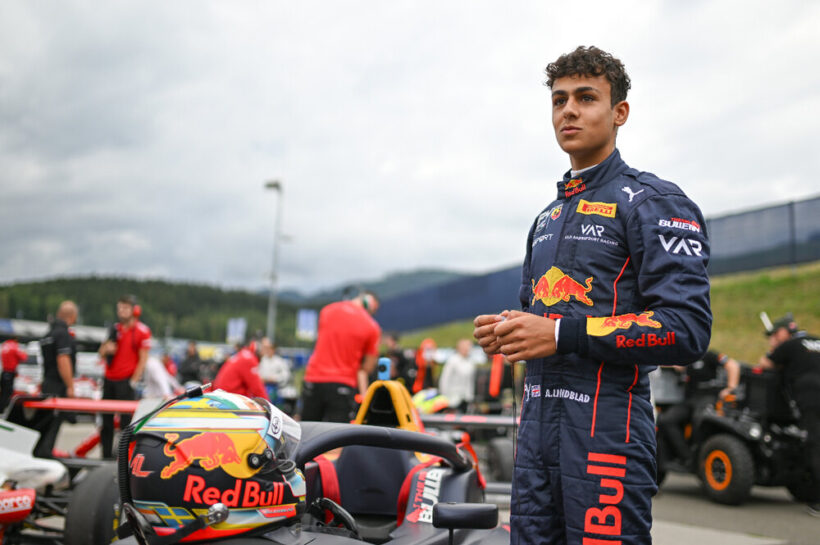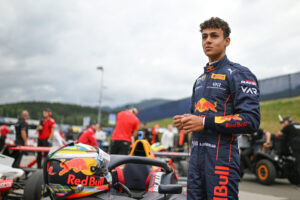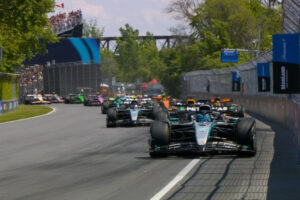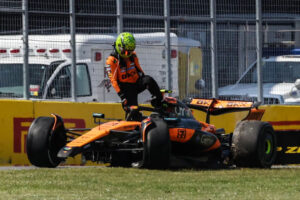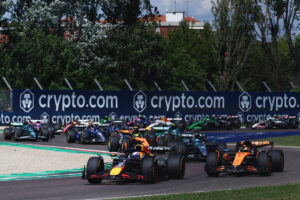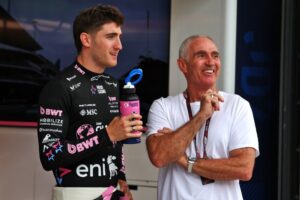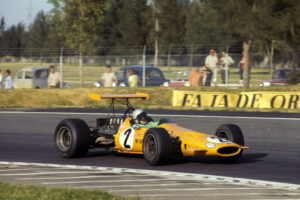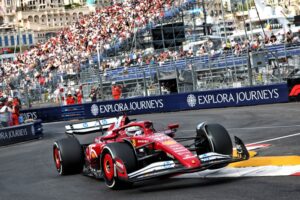South Africa F1 return bid has received a major boost after the Kyalami Circuit has been granted FIA Grade 1 approval, with the track only “light-touch” improvements away from hosting a Formula 1 Grand Prix.
This development marks a pivotal moment not only for South African motorsport but also for the broader Formula 1 community, as it significantly boosts the prospects of F1’s return to African soil for the first time in over three decades.
Kyalami’s journey to this milestone is a testament to vision, perseverance, and a deep-rooted passion for motorsport.
Established in 1961, the circuit quickly became the heart of racing in Southern Africa, hosting legendary events such as the Kyalami 9-Hour, MotoGP, and, most notably, 21 Formula 1 Grand Prix races between 1967 and 1993.
The track’s unique blend of high-speed straights and technical corners set against the backdrop of the South African landscape made it a favorite among drivers and fans alike.
However, after the 1993 Grand Prix, a combination of financial, political, and logistical challenges led to the circuit’s exclusion from the F1 calendar, leaving Africa without representation in what is billed as a truly global championship.
F1 calendar 2026: Madrid set for debut, Imola dropped
The recent FIA Grade 1 status approval for Kyalami Circuit is the culmination of years of strategic planning and investment.
Since acquiring the circuit in 2014, owner Toby Venter has been unwavering in his commitment to restoring Kyalami to its former glory and positioning it as a beacon for motorsport across the continent.
The upgrade process described as a “light-touch” improvement by Clive Bowen, founder of Apex Circuit Design, focuses on enhancing critical safety features without changing the circuit’s iconic layout.
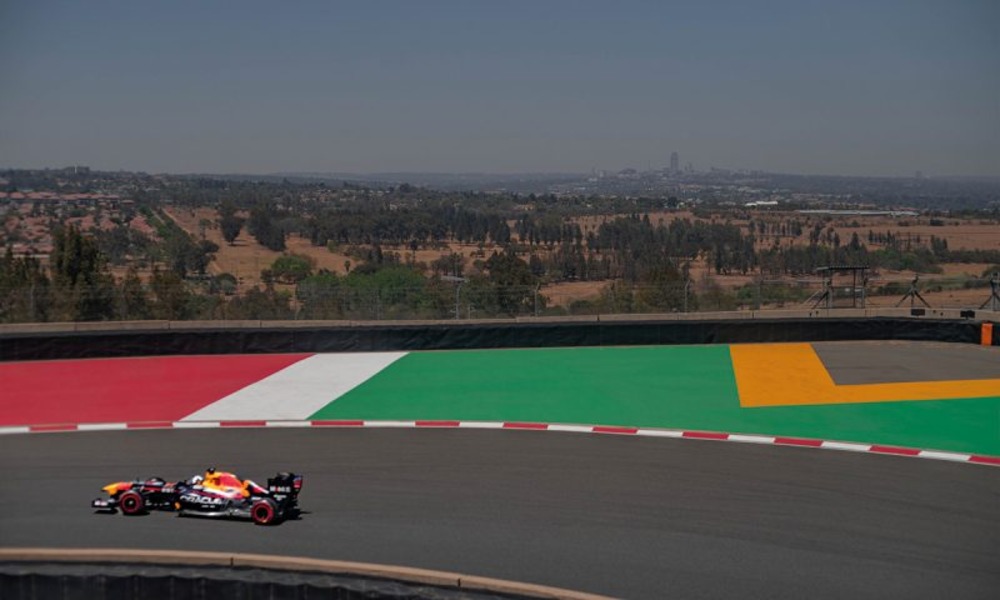
Key areas of improvement include the expansion of run-off zones, the installation of advanced barrier systems, the reinforcement of debris fencing, and the modernization of kerbs and drainage infrastructure.
These upgrades are meticulously designed to align with the stringent requirements of FIA Grade 1 certification, ensuring that the circuit not only preserves its historic character but also provides the highest levels of safety and performance demanded by contemporary Formula 1 racing.
The implementation of these upgrades is scheduled to take place over the next three years with a phased approach that minimizes disruption to the circuit’s ongoing commercial activities.
Kyalami has evolved into a vibrant year-round destination hosting a diverse array of events ranging from international motorsport competitions to exhibitions, lifestyle gatherings, and corporate functions.
The planned improvements are carefully integrated into this dynamic ecosystem, ensuring that Kyalami continues to thrive as a multifaceted venue while preparing for its potential return to the F1 calendar.
The significance of Kyalami’s FIA Grade 1 status extends far beyond the confines of the circuit itself. For South Africa and the African continent, this development represents a powerful symbol of progress, ambition, and unity.
MORE FORMULA 1:
Red Bull declares Kyalami ‘ready’ for South Africa F1 return
Rwanda’s F1 bid official as Africa anticipates to host a Grand Prix after 31 years
The prospect of hosting a Formula 1 Grand Prix carries immense economic, cultural, and social benefits, from job creation and tourism to the promotion of STEM education and the inspiration of future generations of engineers, drivers, and fans.
South Africa F1 return would also fulfill a long-standing aspiration within the sport to achieve true global representation, bridging the gap between continents and celebrating the rich diversity of the F1 community.
The journey to this point has not been without its challenges. Kyalami’s bid to host a Formula 1 Grand Prix faces competition from other potential venues most notably a proposed street circuit in Cape Town, which has garnered attention following the success of the Formula E event in the city.
The final decision on which venue will be selected to host a South African Grand Prix rests on a complex interplay of factors, including financial investment, logistical feasibility, and alignment with Formula 1’s broader strategic objectives.

